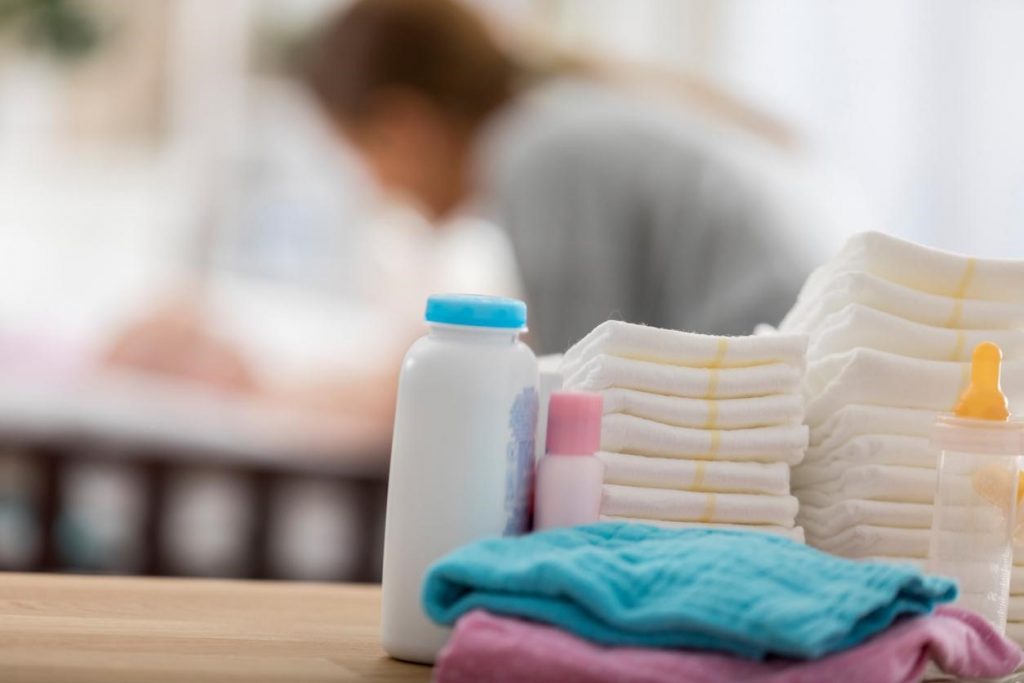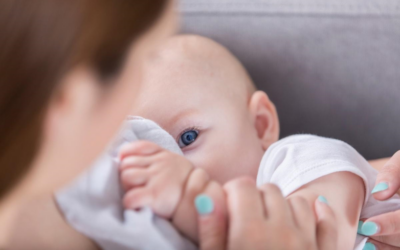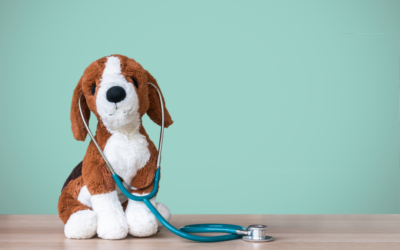Recommendations for ensuring a clean and safe diapering process for every child
Children in child care facilities are exposed to a lot of germs and bacteria simply from being in close proximity to other people. As a caregiver, it’s your responsibility to make their environment as safe and clean as possible so that children stay healthy.
This means establishing rules and routines for the children and staff surrounding key times and events of the day. Diapering is one of the events where the following procedure is of the utmost importance to protect both you and the child.
Diapering procedures will vary slightly from facility to facility. However, there are some recommended steps to follow across the board that will help ensure the cleanest and safest diaper changes possible.
Recommended diapering steps
1. Prepare
First, wash your hands and then stage the diapering area with all the needed supplies. The last thing you want to do is realize you forgot something vital in the middle of the process. These supplies include a clean diaper, wipes, diaper cream, and gloves. If there was an accident, you’ll also need to bring a change of clothes and a plastic bag to store the soiled clothing.
Cover the changing area with a disposable liner. You’ll change this out between children so that everyone starts on a clean surface. Put latex gloves on before picking the child up and placing them on the covered area.
2. Remove and clean
Remove clothing and unfasten the diaper, leaving the soiled diaper underneath the child. Store any dirty clothing in a plastic bag, making sure it doesn’t come in contact with the child or any other surfaces. This bag can go home with the parents, or its contents can be washed at the facility if it’s possible to do so properly.
Use disposable wipes to clean the child’s diaper area. Wipe front to back, making sure to clean all the folds and creases in the skin.
3. Dispose
Place dirty wipes inside the dirty diaper, fold everything up, and throw it away in a lined garbage can. Remove your gloves, and throw those away too. See below for proper glove removal.
4. Put on the clean diaper
Grab a clean diaper, and slide it underneath the child. Apply diaper cream with a tissue or a gloved hand. If needed, you can apply a fresh pair of gloves at the beginning of this step. Remove your gloves after you use the cream. Secure the diaper, and dress the child.
5. Wash the child’s hands
Before the child returns to the group, wash their hands thoroughly. You can use a disposable wipe for infants or assist toddlers at the sink. Depending on how old the child is, you may need to wash their hands for them or simply observe as they do so.
Standard hand-washing procedure involves the following:
- Apply liquid soap, and lather hands
- Scrub hands for 20 seconds, making sure to rub all areas of the hands, including between the fingers and under the nails
- Rinse hands well
- Dry hands with a disposable paper towel
6. Clean the area
Dispose of the liner you used on the changing surface in a lined garbage can. Make sure to use an appropriate cleaner for the surface so that you don’t damage the material or spread germs.
A spray bottle with soap and water can be used to initially clean the area with a paper towel. Follow this up by spraying a disinfectant solution of bleach and water onto the entire surface. Let it sit for a few minutes, and wipe with a paper towel for a thorough clean.
7. Wash your hands
Following the same steps outlined above, wash your hands before moving on to any other task. You should follow this procedure after every diaper change, even if you have multiple children in a row. It’s vital to prevent the spread of bacteria and keep everybody as clean as possible. Also, be sure to log the diaper change to give the information to parents at the end of the day.
Removing gloves
Gloves are a key part of the diapering process to protect yourself from germs. However, they can spread just as many germs as they protect against if used incorrectly.
Wash your hands before putting on gloves. When it’s time to take them off, remove them very carefully. Grab one glove at the palm and remove it, holding it in the other gloved hand. Slide your free hand underneath the cuff of the other glove, and slide it up toward your fingertips, folding it inside out to hold both gloves together. Try not to touch the surface of either glove. Throw them both away.
Cloth diapers
Some children may use cloth diapers instead of disposable diapers. Because these are not thrown out or cleaned right away, they need to be taken care of very carefully.
If it is the responsibility of the child care facility to launder these diapers, they need to be cleaned by a commercial diaper service. After removal, they should be placed in a sealed container or bag and clearly labeled with each child’s name until they can be picked up.
If the cloth diapers are being sent home with the family to be cleaned, they need to be placed in a sealed plastic bag at the facility with a clear name label. These bags must be kept out of reach of all children at the facility.
Be prepared
Following diapering, procedures are all about planning to make sure your facility and your team are prepared. Have all the necessary supplies in an easy-to-find location. Prepare everything ahead of time so it’s a simple and easy process. Apply cream to a tissue beforehand. Have wipes ready to pull before they’re needed. Have plastic bags handy if there is a larger mess.
Review your facility’s procedure regularly, and be diligent about enforcing it. This process protects the children, it protects you, and it protects your entire child care environment.
The Virginia Infant & Toddler Specialist Network helps improve the quality of care for infants and toddlers through extensive resources, services, and education for caregivers. Learn more about how we can help you improve the standard of care.




